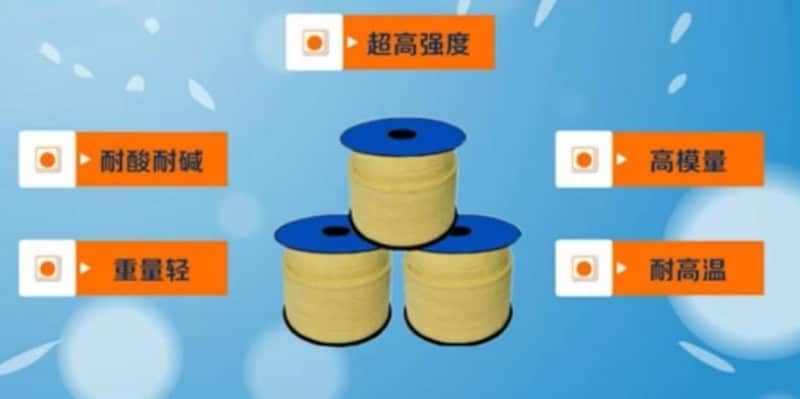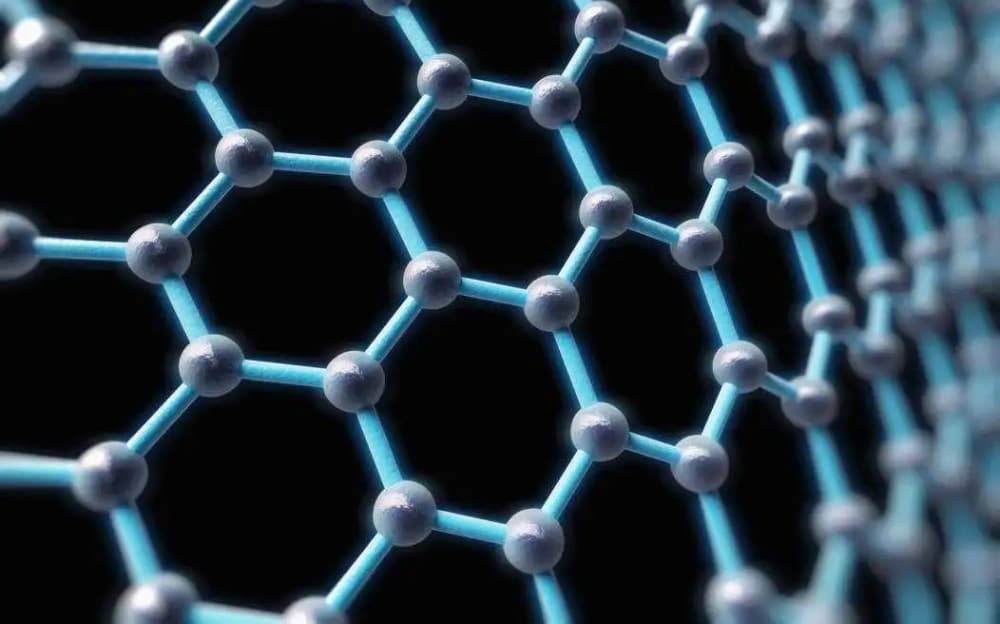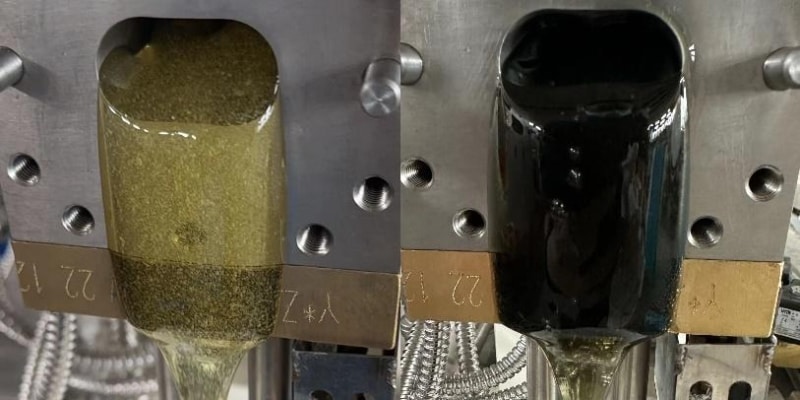New material research has been a hot topic in recent years. Some researchers have combined the excellent properties of graphene and aramid fibers to improve the dispersion of graphene and enhance the performance of polymers.
Aramid, invented in the 1960s, is commonly used in the fiber industry. Aramid fiber is a high-tech fiber material with outstanding properties such as ultra-high strength, high modulus, high temperature resistance, acid and alkali resistance, and light weight. Its strength is 5-6 times that of steel wire, and its toughness is twice that of steel wire, while its weight is only about 1/5 of steel wire.
Aramid fibers have a wide range of applications, from aerospace spacecraft to military bulletproof vests and everyday items like phone cases. The invention of aramid fibers is considered a significant milestone in the history of material development.

Graphene was invented later, discovered by two scientists from the University of Manchester in 2004, and won the Nobel Prize in 2010. Known as the “King of Materials”, it is by far the only new material in nature with the thinnest thickness, highest hardness and best thermal and electrical conductivity. Its advantages can be summarized as “thinner, lighter” and “stronger and harder”: The thickness is only 0.335 nanometers, which is only 1/200,000th that of hair. It is popularized and tried in many fields such as smart wear, new energy batteries, and electronic components.
It is a new carbonaceous material in which carbon atoms are tightly packed into a single-layer two-dimensional honeycomb lattice structure. Its appearance has overturned a long-standing misunderstanding in the scientific community: any two-dimensional crystal cannot Stable existence. Graphene, a two-dimensional crystal, can not only exist at room temperature, but also exist very stably in normal environments.

By continuously blending graphene and aramid, researchers boldly innovate and explore new applications in the field of new materials, leading the industry’s development. Recently, a well-known domestic research institute conducted a continuous blending experiment of graphene and aramid materials at USEON.
The USEON U+ series extruder (U2 Lab) used in this test equipment has a screw diameter of about 27mm. It is an experimental extrusion device highly suitable for research institutions and universities. USEON takes “innovation leading high-end manufacturing” as its mission and collaborates with many domestic and international universities and research institutions to provide a public experimental platform for scientific research and innovation. It contributes to the research and development of new materials and processes, promoting sustainable future development.

Additionally, USEON’s twin screw extruder serves as a continuous mixer and finds numerous applications. It has been successfully used in a 1000-ton production line for aramid reactive extrusion and has widespread application in the extrusion production of high-temperature adhesives, POE films, sealants, and positive and negative electrode materials in the new energy industry.
On the road of scientific and technological innovation, the USEON team will continue to focus on details, pursue accuracy, and adapt to changes. Through unremitting efforts, they aim to boldly innovate, optimize and surpass traditional production processes. From raw material quality control to high-precision formulation and measurement, and from process and equipment protection, they pay attention to every detail, contributing to the rise of China’s extrusion industry and making contributions to “Made in China” and global plastic processing.
